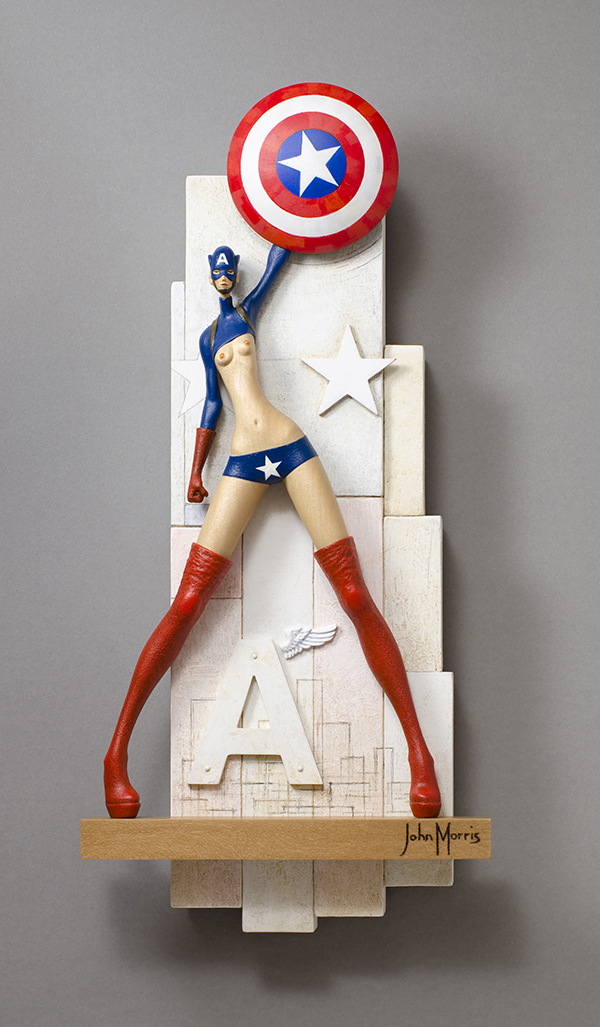4 Likes
1 Comments
How to: open - closed - open

https://video.twimg.com/ext_tw_video/1377412675425206273/pu/vid/482x270/vj3OnfIk-0xap1UT.mp4
21 sec video sound
#wooden #lock #gif #video
Da tempo meditavo di comprare una sveglia putente, che il telefono a volte mi fa il solletico. Poi ho trovato questa cosa e ci ho messo 2,5 secondi a realizzare che lo volevo. Mi sono fatto un regalone, mazza come mena (a seconda del pezzo).


Wood products have a long history in aviation even though modern materials have eclipsed them in many areas. But lately we've noticed several plywood satellites, including this one the ESA plans to launch. The WISA Woodsat is a test of WISA plywood, a particular brand made in Finland to show how it can withstand the orbital environment.
Why not? Plywood is cheap and easy to form. You probably don't want to make a pressure vessel with it, but most satellites don't need that anyway.
Oddly enough, the project is the brainchild of broadcaster [Jari Mäkinen] who is known for making models of things including cubesats. From wooden model to actual satellite seemed a logical connection.
The wood has some challenges, including weakness after forming, radiation and impact damage, and the tendency of wood to be stronger in one direction than others. In addition, the wood requires treatment to remove moisture and a thin aluminum oxide coating to prevent outgassing. Sensors onboard include two cameras and a very sensitive balance to detect contamination. There's also a 3D printed electrical system inside the 100 millimeter cube.
The satellite should launch towards the end of the year, beating out the Japanese wooden satellite we saw earlier. Maybe this will make cubesats even more affordable. We've been watching this project in Sunday's Links column too, so check it out.
British sculptor who moved to Australia.
#art #арт #искусство #Sculptures #скульптура #wooden #Australia ##


























